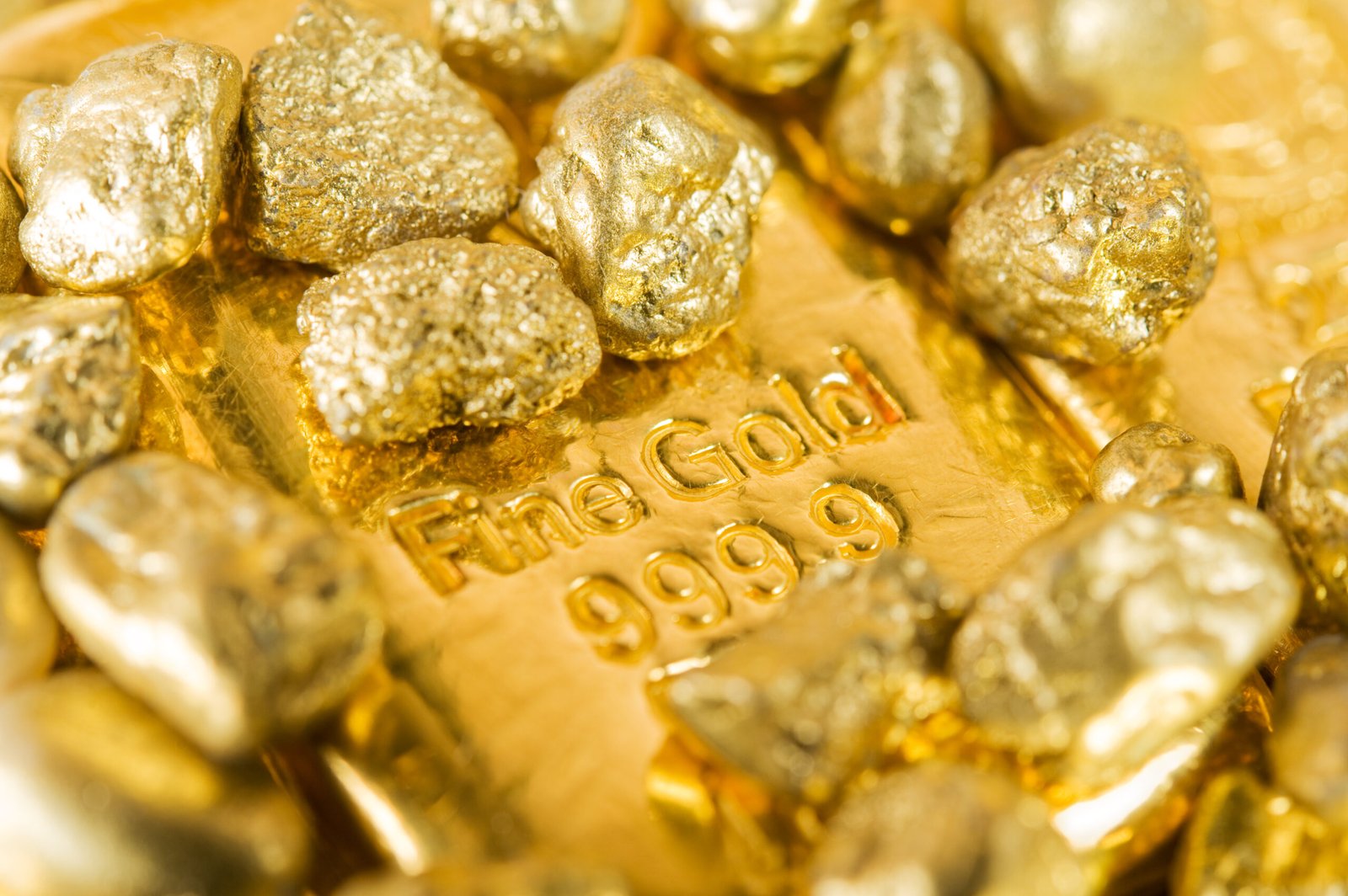Gold prices ended the week on a high, gaining more than 2.79% as escalating trade tensions, geopolitical uncertainty, and a declining US Dollar stoked investor appetite for the safe-haven metal. Although hawkish rhetoric by Federal Reserve policymakers, such as Chair Jerome Powell and San Francisco Fed President Mary Daly, momentarily capped gains briefly, gold still managed to maintain above critical technical levels. The precious metal nudged a fresh all-time high of $3,358 before easing back marginally to $3,326, as market participants booked profits ahead of the long Easter break. Looking forward, all attention is fixed on US economic releases ahead, which will determine the next move of the dollar and the gold.
KEY LOOKOUTS
• Next week’s releases, which are the S&P Global Flash PMIs, Durable Goods Orders, and the University of Michigan final Consumer Sentiment report, will all be closely watched by traders and could decide gold’s next move.
• A crowded calendar of Fed speakers may provide new information on interest rate expectations, particularly following Powell’s recent hawkish comments that signaled ongoing policy tightening.
• Gold is still in an uptrend, with $3,300 as pivotal support and the $3,350–$3,400 area providing the next resistance area. A break above would indicate new all-time highs.
• Prolonged global trade tensions and geopolitical concerns are set to continue propping up gold safe-haven demand, despite the rise in real yields and Fed caution.

Gold traders will continue to focus on some significant catalysts which may direct price action over the next few days. A hectic US economic calendar, with Flash PMIs, Durable Goods Orders, and the University of Michigan Consumer Sentiment survey, will provide new hints about the state of the economy and possible interest rate action. In addition, a series of speeches by Federal Reserve officials may back up or undermine the market’s existing rate assumptions, particularly in the wake of Powell’s recent hawkish comments. On the technical front, gold still trades above key support levels at $3,300, and a move through $3,350 may pave the way for a new record high. At the same time, unresolved trade tensions and geopolitical threats are set to continue keeping safe-haven demand active, supporting bullion beneath on-the-nose real yields rising.
Gold traders will look to next week’s US economic releases and Fed speeches for new rate signals. Technical levels in the $3,300–$3,350 range continue to be key to direction. Geopolitical tensions and trade uncertainty should continue to support safe-haven demand.
• Gold prices rallied more than 2.79% this week, driven by a weaker US Dollar as global trade tensions and geopolitical risks escalate.
• XAU/USD reached a record high of $3,358 before profit-taking took prices back to $3,326 in the run-up to the extended Easter weekend.
• Federal Reserve’s hawkishness, including comments by Powell and Daly, capped further gains but not the trend for gold prices to the upside.
• US 10-year Treasury yields rose to 4.333%, with real yields increasing — posing short-term headwinds for gold prices.
• Technical perspective is bullish as far as prices remain above the $3,300 support level, with sights on $3,350 and $3,400 as the next goals.
• Investors look ahead to a packed week of US data, which includes Flash PMIs, Durable Goods Orders, and Consumer Sentiment, for new direction in the markets.
• Continued trade and geopolitical uncertainty continues to underpin safe-haven demand for gold despite rising real yields.
Gold closed the week on an upbeat note as international trade tensions and geopolitical risks continued to push investors towards safe-haven assets. Even with assurances from the Federal Reserve on the robustness of the U.S. economy, ongoing worries surrounding global trade policy and possible slowdowns in the economy maintained the demand for gold firm. Market sentiment was also affected by increasing perceptions that the Federal Reserve’s interest rate stance could stay restrictive for a longer period, contributing to the risk-averse sentiment in global markets.
XAU/USD DAILY PRICE CHART

CHART SOURCE: TradingView
Besides trade and policy issues, investor attention is also being diverted towards next week’s release of some of the most important U.S. economic indicators, which will provide further insight into the state of the economy. A busy slate, which includes manufacturing activity, durable goods orders, and consumer sentiment readings, is likely to frame market expectations for the period ahead. Geopolitical tensions and worldwide uncertainty, however, are expected to maintain gold as an asset of choice for risk-averse investors.
TECHNICAL ANALYSIS
Gold’s upmove is intact despite experiencing some profit-taking pressure after hitting its all-time high of $3,358. The precious metal still maintains above the crucial support level of $3,300, indicating that buyers are still present on pullbacks. A break above the $3,350 level for a sustained period could pave the way for another attempt towards the $3,400 psychological mark. While the Relative Strength Index (RSI) suggests overbought levels, the absence of substantial downside follow-through suggests limited selling interest at this time. So long as prices hold above the April 16 low of $3,229, the larger uptrend is likely to remain intact.

FORECAST
Gold’s upmove is firmly supported as long as prices are above the $3,300 level. A decisive break over $3,350 may see fresh buying strength, setting the stage for a possible retest of the record high at $3,358. If tensions in global trade and geopolitical uncertainties continue, safe-haven buying could intensify, driving gold to the next psychological level of $3,400.
On the negative side, any inability to stay above the $3,300 support line may result in a more profound correction, with the next support being close to the April 16 low of $3,229. Increasing US real yields and Federal Reserve hawkish hints may dampen gold’s attractiveness in the short term, raising the chances of a pullback if economic reports surprise to the upside.







